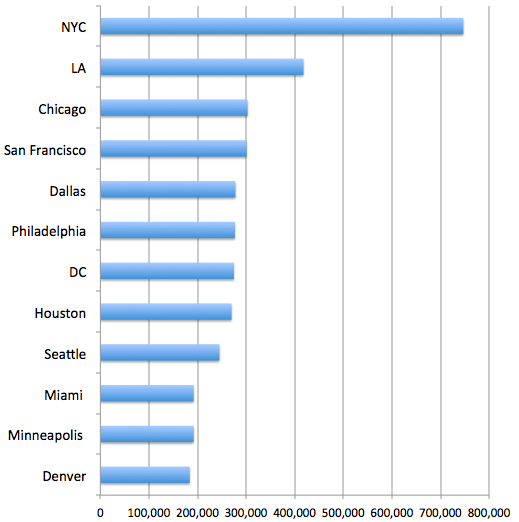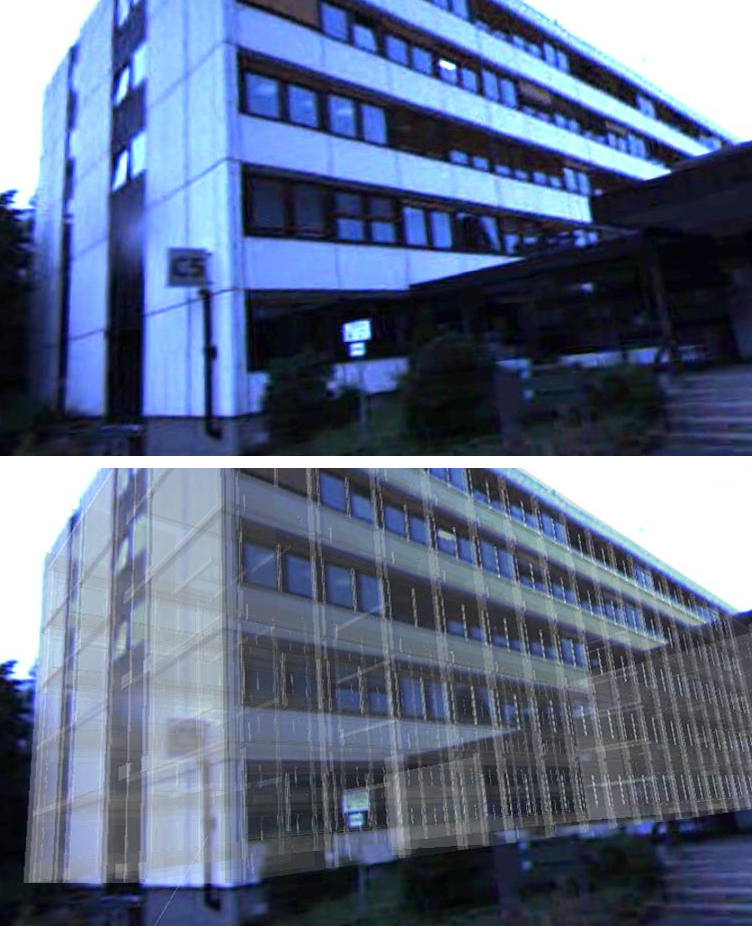And solving California’s drought – and helping to better manage global water resources in an increasingly water-constrained world – isn’t necessarily a problem that needs to be solved by new technology. Other regions around the world like Israel are already successfully using (and exporting) available water conservation and cleaning technologies.
As David Sedlak, co-director of Berkeley Water Center, told the tech news site Re/code last year: “Solving the problem of water supply over the next 10 or 20 years is going to rely on technologies that are here and mature now.”
There’s no reason to wait to deploy future disruptive water innovations, when there’s current water tech that just needs financing and maybe the right business model to deploy now.
Israel reuses about 80% of its municipal wastewater, mostly for irrigation, and plants are using activated sludge (circulated micro organisms), membrane filtration and stabilization ponds, among other methods. Israel is also aggressively using conventional reverse osmosis desalination tech to clean seawater and is now a world leader for desalination.
From a startup perspective, one area that is ripe for new ideas and entrepreneurs is helping bring the world’s water infrastructure into the digital age and making it much more efficient, similar to what is now happening with the power grid. At a conference in San Francisco last week, startups like Lagoon, Valor Water Analytics, and Fathom, showed off algorithm and data-driven water products for companies and water utilities.
The majority of California’s (as well as the world’s) water use goes to agriculture – not to water used by cities, industries or the water-intensive energy industry. And agriculture is actually one area where Silicon Valley is starting to pay a lot more attention recently. Investors call this sector “precision agriculture” and it’s focused on using the latest computing technologies – from robotics, to big data tools, to drones to sensors – to help farmers deliver crops with less energy, water and fertilizer.
The large tech industries in the area can also just help by starting to make the same types of aggressive pledges to water conservation and reuse that they’ve started to do with issues like clean power. Google, Apple and Facebook have all made aggressive pledges to adopt large amounts of clean energy to power their data centers, despite the early nature and sometimes higher cost of these goals. Google has experimented with using recycled wastewater to cool a data center in Georgia, and seawater for a data center in Finland.







